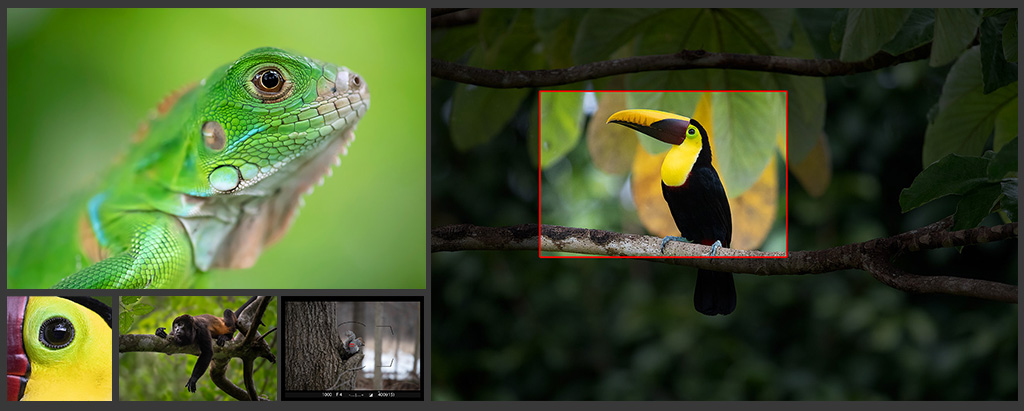marksand35
New member
How does one know when it’s too much cropping in post production? Working in the field and the landscape prevents you from getting close to the birds or wildlife is there a distance to say it’s just too far, 30 feet or 60 feet? Or whatever distance? Let’s say using a 150-600 or 500 prime lenses. No teleconverters. Since I’m learning bird photography let’s stay on that topic. I know that over cropping distorts or softens a photo. But I can’t seem to find that so called “perfect or close enough distance” for sharp photos. I don’t have a feeding perch or any of that yet. Plus where I live we don’t have a lot of trees in neighborhood for them to feel safe for using it. With lack of trees our predator bird count has increased.



